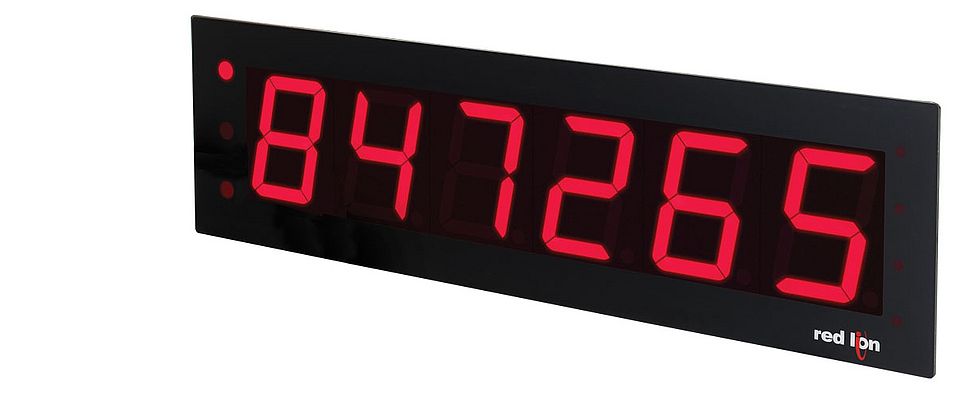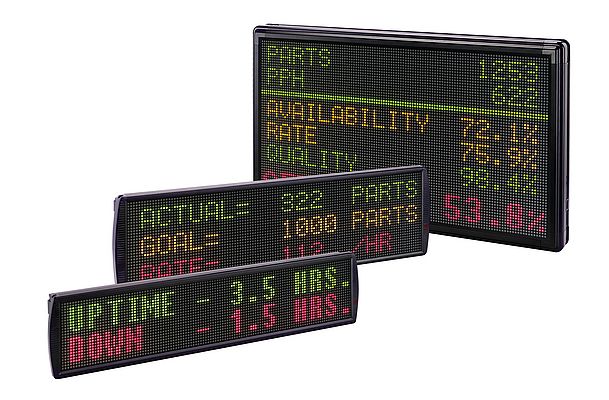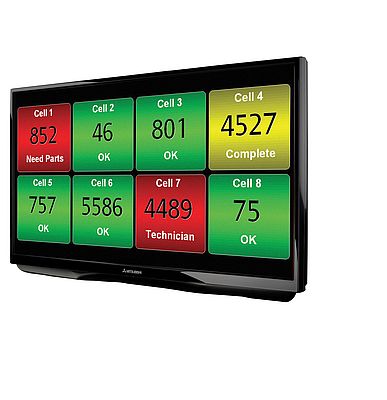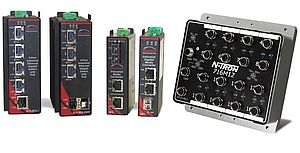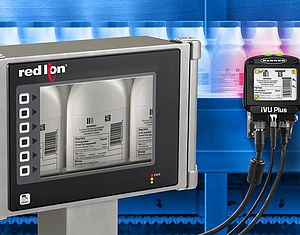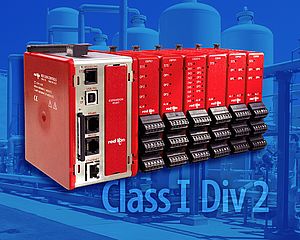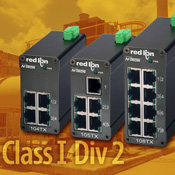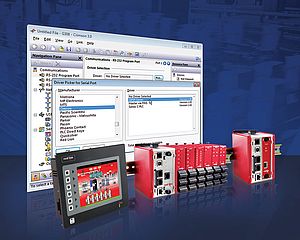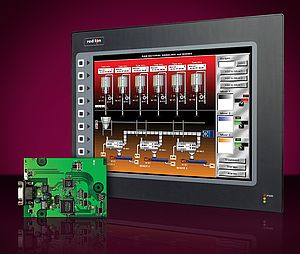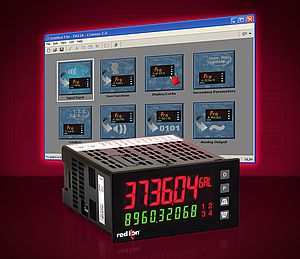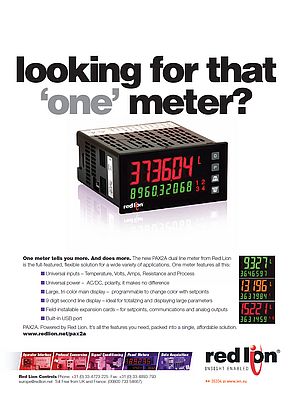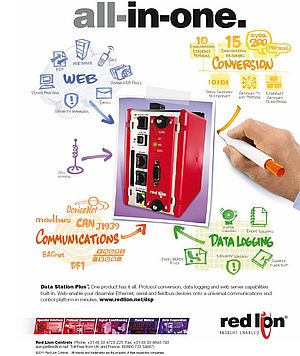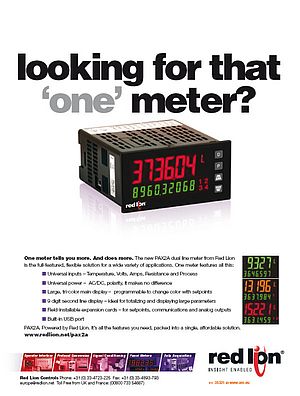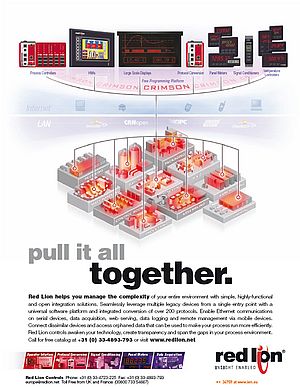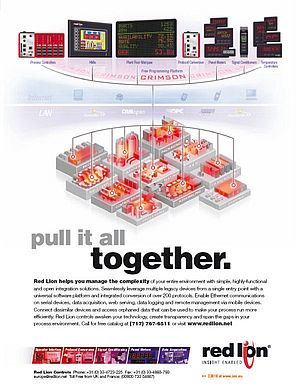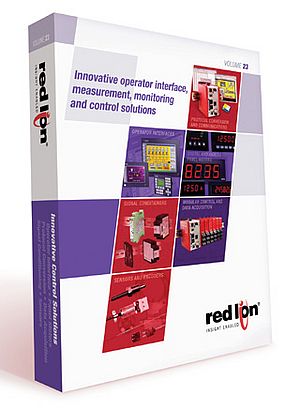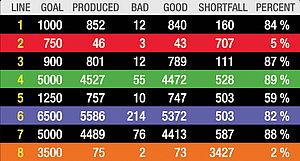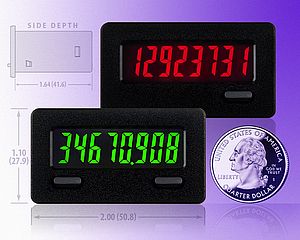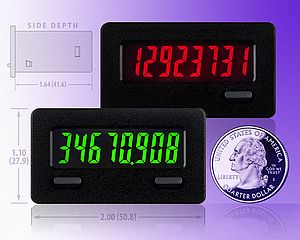Kaizen, lean manufacturing, six-sigma, total quality management, continuous improvement - all of these terms refer, in some form or another, to the efforts of companies as they strive to become more competitive in a global economy. While various strategies are implemented in order to improve productivity, they all have two things in common: the collection of KPIs - key performance indicators - and the communication of those KPIs to the people who can most affect improvement - the production floor personnel. However, this data doesn't do any good unless everyone can see it, particularly those that are responsible for it and those that are judging other's performance based on it. That's where visual management comes into play. Even if a company doesn't employ formal continuous improvement initiatives or quality processes, efficiency gains can be realized by borrowing the lessons learned from the visual management techniques of those processes. The best part is that months or years aren't required to realize the gains. Visual management techniques can be deployed very quickly, without a huge investment in software or changes to existing processes, allowing a profit increase in short order.
What is visual management?
Visual management is the process of displaying critical information "so that anyone entering a work place, even those who are unfamiliar with the detail of the processes, can very rapidly see what is going on, understand it and see what is under control and what isn't. Essentially, the current status of the operation can be assessed, at a glance."1 On the factory floor, visual management can take shape in the form of key performance indicators that relate to production quantity, speed and quality, as well as machine uptime and downtime. Values such as Count, Good Count and Bad Count, Shift Totals, Reject Ratio and Rate communicate a process' or an operator's performance. In keeping with visual management's requirement that the information can be seen at a glance, the information is shown on large displays that can be seen from a distance and by more personnel than just the machine operator.
Many companies, whether or not they practice continuous improvement, want production to flow uninterrupted, and have therefore adopted some form of andon, a term that refers to a system used to notify management, maintenance and other personnel of a process or quality issue. The green, yellow and red light "stacks" or "towers" seen in a production facility are andon messaging in action. Mounted up high, these simple andon systems allow everyone to see the status of virtually every machine in a room. A green light means the machine is running well, while a yellow light usually indicates the machine is running but requires attention. A red light almost always means that the process has stopped and requires immediate attention. While stack lights are convenient, they provide little information other than crude status, and many facilities have therefore adopted displays that provide detailed messages regarding machine status.
How does visual management improve efficiency?
In any process, information is critical - it allows people to know where they are, where they are going and if problems are occurring that could be prevented. No one would consider driving a car without a dashboard, and few would operate a machine that wasn't equipped with the appropriate indicator lights, panel meters and LCD touchscreens. However, like a car's dashboard, panel meters and touchscreens are only for a single operator. While both are forms of visual management, they lack some of the phenomenon that occurs by having the information publicly available.
By having key performance indicators on display, the operators know what their performance is, but more importantly, they know that everyone else knows what their performance is. This allows the operator(s) to take pride of ownership in their contribution to the company. It also provides actionable information to supervisors, allowing them to determine, in real time, areas that are in need of improvement. Andon messages that communicate process problems across a facility ensure that everyone is aware of a given issue, possibly reducing downtime.
Common KPIs and how to determine which indicators to track
The key performance indicators that a specific company should use will vary. The following is a list of common KPIs used on the plant floor:
■ Count (Good or Bad)
One of the most important metrics is how much product has been produced thus far. The count can refer to the amount of product produced since the last machine changeover or for the entire shift or week.
■ Reject Ratio
Everyone's process will occasionally produce scrap. Knowing whether or not the amount of scrap product being produced is within tolerable limits is critical to maintaining profitability.
■ Rate
If a machine or process produces goods at a variable rate, it's important to know if the operators are maintaining an ideal speed.
■ Targets
Properly motivated employees know exactly what's expected of them - plant floor personnel are no exception. Therefore, many companies opt to display target values for output, rate and quality.
■ Takt Time
Takt time is the amount of time, or cycle time, for the completion of a task. By displaying takt time, manufacturers can quickly determine where the constraints or bottlenecks are within a process.
■ OEE - Overall Equipment Effectiveness
OEE is a metric that indicates the utilization of resources. Production managers are interested in seeing the value of this metric increase, as it indicates more efficient utilization of the available personnel, machinery, etc.
■ Downtime
Whether it's due to a breakdown, or simply a machine changeover, downtime is one of the most important metrics that can be displayed.
Available solutions - from simple to sophisticated
Solutions for displaying KPIs and andon messages range from machine status via simple stack lights, to complete PC-based production monitoring solutions.
■ Large 7-segment LED displays
For simplicity, it's hard to beat what are effectively just panel meters, but with large LED displays. Their sheer brightness and contrast makes them viable for viewing critical values over very long distances.
■ LED marquees
LED marquees are displays manufactured with a matrix of single LEDs, in various resolutions. Over the last decade, multi-color LED marquees have become a common method of displaying plant floor information. Their ability to display multiple lines of information, combined with the ability to display text, make them apt for displaying more than one KPI. While more advanced than 7-segment LED displays, LED marquees are still somewhat limited in their ability to display more sophisticated images such as trend lines and bar graphs.
■ Television-based solutions
The latest trend in production displays arises from the ever-falling cost of consumer-grade televisions. With their ability to display images in high-definition, flat screen TVs are quickly becoming the most common method of displaying information on the plant-floor.
Implementing a solution to improve process efficiency
Regardless of the technology - 7-segment LED or high-definition TV with logging and remote notifications - the most important point to remember is that information, when communicated to the appropriate personnel, increases efficiency and reduces downtime. Since various solutions can be had for as little as a few thousand dollars, and can represent a significant increase in profitability, there's a compelling reason to implement visual management in most facilities.



